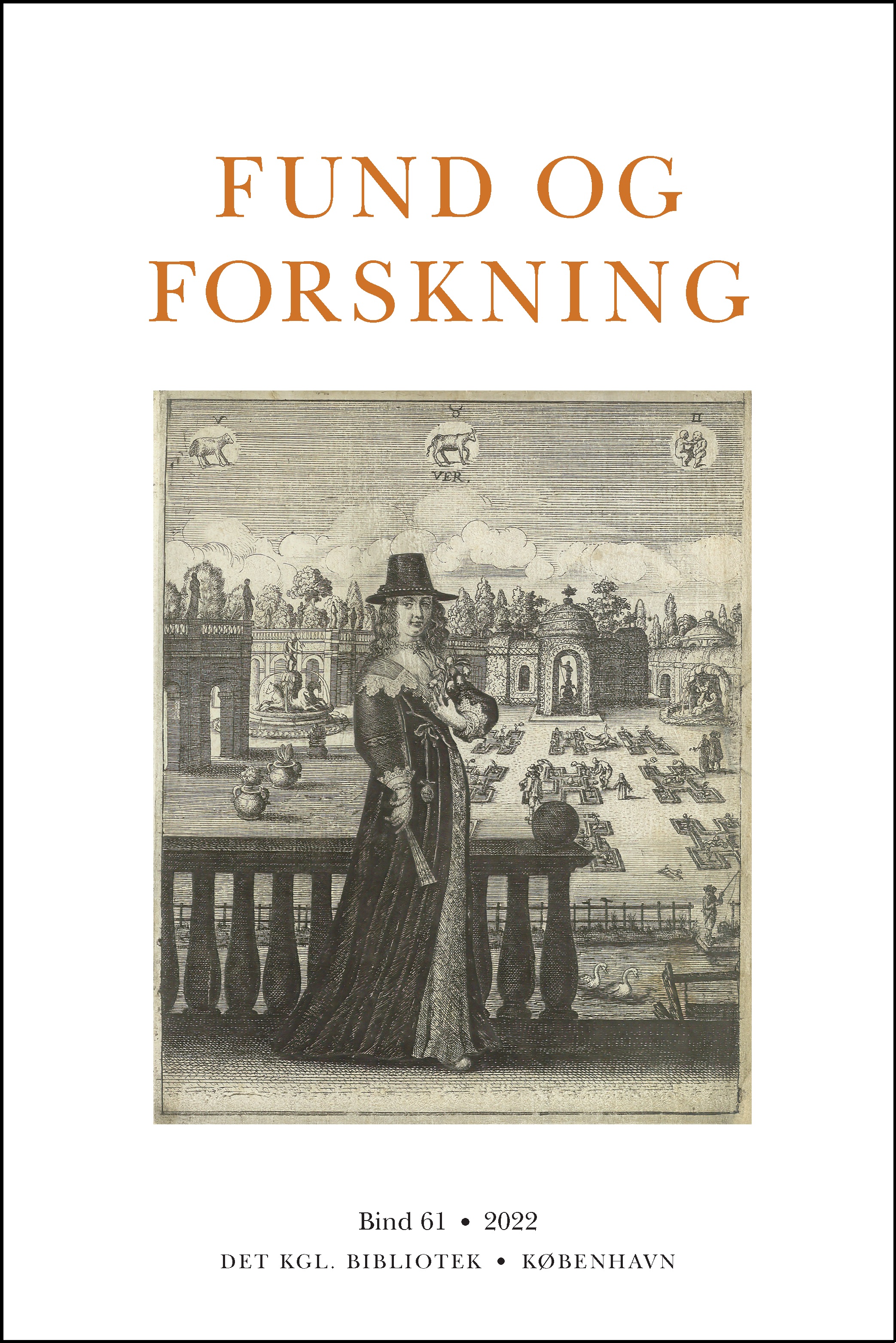Ingeniøren og de ægyptiske mumier: En kioskbasker fra 1910’erne
DOI:
https://doi.org/10.7146/fof.v61i.135602Resumé
Thomas Christiansen: The Engineer and the Egyptian Mummies: A Scoop from the 1910s
The article contains a wealth of new and valuable information on important ancient Egyptian objects that are today housed and on display in the Ny Carlsberg Glyptotek in Copenhagen and the Museum of Ancient Art (Antikmuseet) in Aarhus. Using Mediestream – a service provided by the Royal Library that allows you to access and search more than 35 million digitised Danish newspaper pages – it tells the curious story of a Danish engineer, Jacob Kjeldsen (1873‑1914), and three ancient Egyptian mummies
and coffins from the 21st Dynasty (c. 1070‑950 BCE).
From the study of these newspapers it emerges that, during a trip to Egypt in 1910, Kjeldsen had acquired three mummies and coffins in Luxor from Mohammed Abd er-Rasul – a son of the infamous antiquities dealer Mohammed Ahmed Abd er-Rasul – who had discovered them in a tomb in Deir el-Bahari. Shortly after Kjeldsen’s return to Copenhagen, descriptions of the objects began to circulate in the press, and Valdemar
Schmidt (1836‑1925), the first Danish Egyptologist, acquired the coffin and mummy of a priest of Amun by the name of Khonshotep for the Ny Carlsberg Glyptotek (inv. ÆIN 1069).
During the autumn of the same year, Kjeldsen tried to sell his two remaining mummies, both female priestesses of Amun, and their coffins to the Museum of Aarhus (Aarhus Museum), but without success. Instead, they were impounded and auctioned off by the town magistrate in 1912, because Kjeldsen owed money to a patent office in
Copenhagen. This is the last reference to the two mummies in the newspapers, until one of them cropped up out of the blue in Aarhus.
In 1950 the newspapers reported that an industrialist, Ivan Lystager (1904‑1985), had donated an Egyptian mummy and coffin to the newly founded Museum of Ancient Art in Aarhus. The name, Taubasti, and titles, ‘Lady of the House’ and ‘Chantress of Amun’, inscribed on the coffin (inv. O 303) leave no room for doubt that it and the accompanying mummy once belonged to Kjeldsen. A letter in the archives of the museum informs us that Lystager had bought them in an antiquities shop in Copenhagen in 1939.
The fate of Kjeldsen’s last mummy and coffin and their current whereabouts are still unknown. From the newspapers it can be deduced that the coffin stems from the same period (the 21st Dynasty) and was made for a woman, who also bore the titles ‘Lady of the House’ and ‘Chantress of Amun’, and probably answered to the name of Tamit.
Because of onomastics and the fact that the three coffins all derive from the same period and were made for members of clergy of Amun in Thebes, it is likely that Mohammed Abd er-Rasul found the three mummies interred together in an unknown family tomb in Deir el-Bahari in 1910. The article is therefore supplemented with an appendix, which provides a catalogue of the names and titles inscribed in hieroglyphs on the two coffins in the Ny Carlsberg Glyptotek and the Museum of Ancient Art. Hopefully, it can assist researchers in the search for the now lost coffin and mummy (and potentially other grave goods from the same tomb) in state and private ancient Egyptian collections around the world.


